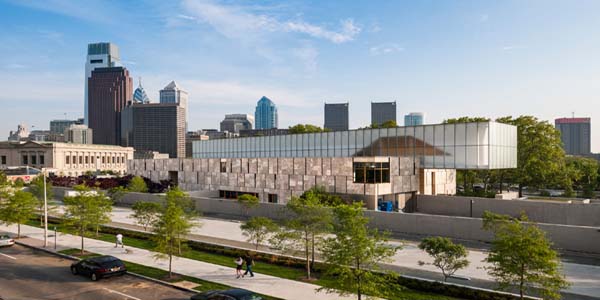
‘World’s Leading Collections of French Art’
What happens when you leave strict orders not to move or change a thing in your world famous art collection but the funding isn’t enough to last in perpetuity?
It is Dr. Barnes’ worst nightmare comes to fruition. His beloved art collection has left Lower Merion.
After a decade of litigation, protests and even a documentary, The Art of the Steal: The Untold Story of the Barnes Foundation the famed art collection is relocating to the Parkway with the other major museums in Philadelphia.
Yet, perhaps his loss is our gain.
The original location in Lower Merion had drawbacks, not the least of which was the reservations that needed to be made months in advance.
The Barnes Foundation’s Experience & Atmosphere
The two-story building is 93,000-square-foot large and is a welcomed addition to the already breathtaking part of the Art Museum District on the Parkway. The 12,000-square-foot gallery preserves the scale, proportion and configuration of the original Merion location. One unique feature of the Barnes Foundation building is the green roof and its special surfaces that allow for rain and grey water re-use.
European Art History 201 Come to Life
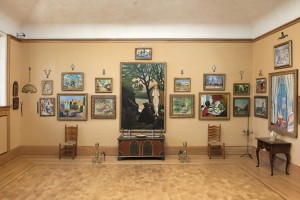 In case you’re not familiar with Dr. Barnes’ collection, it’s a Who’s Who of European Masters which was created in 1922. 180 Renoirs, 69 Cezannes, Manets, Monets, Van Goghs, Seurats, Degas and Picassos are stacked to the ceiling. There are also Titians, El Grecos, Goyas and other Old Masters. The collection also features a strong African mask collection, sculptures Pennsylvania Dutch pottery.
In case you’re not familiar with Dr. Barnes’ collection, it’s a Who’s Who of European Masters which was created in 1922. 180 Renoirs, 69 Cezannes, Manets, Monets, Van Goghs, Seurats, Degas and Picassos are stacked to the ceiling. There are also Titians, El Grecos, Goyas and other Old Masters. The collection also features a strong African mask collection, sculptures Pennsylvania Dutch pottery.
Of course, just as famous as the art is the quirky way Dr. Barnes required the paintings to hang alongside 18th c. door hinges and above 16th century William and Mary trunks. Then, there’s the near absence of labels—just a name, title and year is sufficient for Dr. Barnes.
A Strong Philosophy
His art philosophy was drawn from educational pioneers such as John Dewey. It also hearkens back to that of Paris in the 20’s. The point was to enjoy the art for the sake of the colors in the paint, the way the lines moved and perhaps for the imagery. You didn’t require an art historian to “interpret” the works for you.
Dr. Barnes was passionate about education. He collected the works and created a learning environment in Lower Merion. Classes were limited. In recent years, long after Dr. Barnes’ death in 1951, you could enroll in an art history program or the horticulture program. He didn’t intend for the collection to be a heavily trafficked museum. He wanted visitors to study the pictures and become intimate with them.
Despite these limitations, the Barnes found itself filled with International visitors year round.
Now with the much anticipated (and much fought over) move to the Parkway, they can raise their prices from the paltry $5 a person and be open more hours. Plus, it’s easier to access along “Museum Row” rather than out in the ‘burbs. The question is, can the intimacy Dr. Barnes created with the Lower Merion building truly be recreated in Philly?
Location
2025 Benjamin Franklin Parkway
Philadelphia, PA 19130
Hours
Monday | 10:00 am – 5:00 pm
Tuesday | Closed
Wednesday – Sunday | 10:00 am – 5:00 pm
Open 6:00 pm –9:00 pm on First Fridays and select Friday evenings.
Costs
Members | Free
Adults | $18.00
Seniors | $15.00*
Students/Youth | $10.00**
Children (0-5) | Free
*Visitors aged 65 and older **Visitors aged 17 and younger and full-time students with valid student ID
Phone
(215) 278-7000
Web Site
Related Articles About Museums in Philadelphia
- Barnes Foundation
- Fireman’s Hall Museum
- Franklin Institute
- Mummers Museum
- National Museum of American Jewish History
- National Liberty Museum
- Philadelphia Museum of Art – Fairmount Park, PA
- Philadelphia History Museum aka Atwater Kent Museum
- Please Touch Museum – interactive museum for kids
- Rodin Museum
Related Articles About Restaurants & Bars in Art Museum District & Fairmount Section
- Con Murphy’s – Art Museum District & Penn Center & Logan Square
- Jack’s Firehouse – Fairmount
- La Calaca Feliz – Fairmount
- London Grill – Fairmount
- Philly Pub & Grub – Fairmount
pictures by Tom Crane courtesy of The Barnes Foundation
View Larger Map

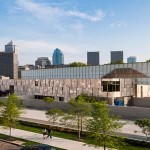
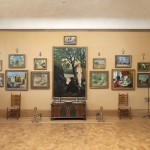
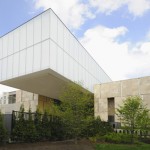
Follow Us!